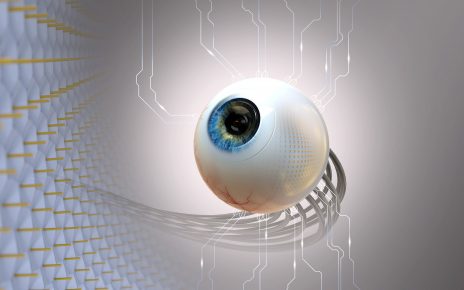While the nation roils with ongoing protests against police violence and persistent societal racism, many organizations have released statements promising to do better. These promises often include improvements to hiring practices; a priority on retaining and promoting people of color; and pledges to better serve those people as customers and clients.
As these organizations work to make good on their declarations, implicit bias training is often at the top of the list. As the thinking goes, these nonconscious prejudices and stereotypes are spontaneously and automatically activated and may inadvertently affect how white Americans see and treat Black people and other people of color. The hope is that, with proper training, people can learn to recognize and correct this damaging form of bias.
In the health care industry, implicit bias is among the likely culprits in many persistent racial and ethnic disparities, like infant and maternal mortality, chronic diseases such as diabetes, and more recently, COVID-19. Black Americans are about 2.5 times more likely to die from COVID-19 relative to whites, and emerging data indicate that Native Americans are also disproportionately suffering from the pandemic. Implicit biases may impact the ways in which clinicians and other health care professionals diagnose and treat people of color, leading to worse outcomes. In response to these disparities, Michigan and California have mandated implicit bias training for some health professionals.
There’s just one problem. We just don’t have the evidence yet that implicit bias training actually works.
To be sure, finding ways to counter unfair treatment is critical. The evidence is clear that implicit prejudice, an affective component of implicit bias (i.e., feeling or emotion) exists among health care providers with respect to Black and/or Latinx patients, as well as to dark-skinned patients not in those categories. In turn, these biases lower the quality of patient-provider communication and result in lower satisfaction with the healthcare encounter.
But while implicit bias trainings are multiplying, few rigorous evaluations of these programs exist. There are exceptions; some implicit bias interventions have been conducted empirically among health care professionals and college students. These interventions have been proven to lower scores on the Implicit Association Test (IAT), the most commonly used implicit measure of prejudice and stereotyping. But to date, none of these interventions has been shown to result in permanent, long-term reductions of implicit bias scores or, more importantly, sustained and meaningful changes in behavior (i.e., narrowing of racial/ethnic clinical treatment disparities).
Even worse, there is consistent evidence that bias training done the “wrong way” (think lukewarm diversity training) can actually have the opposite impact, inducing anger and frustration among white employees. What this all means is that, despite the widespread calls for implicit bias training, it will likely be ineffective at best; at worst, it’s a poor use of limited resources that could cause more damage and exacerbate the very issues it is trying to solve.
So, what should we do? The first thing is to realize that racism is not just an individual problem requiring an individual intervention, but a structural and organizational problem that will require a lot of work to change. It’s much easier for organizations to offer an implicit bias training than to take a long, hard look and overhaul the way they operate. The reality is, even if we could reliably reduce individual-level bias, various forms of institutional racism embedded in health care (and other organizations) would likely make these improvements hard to maintain.
Explicit, uncritical racial stereotyping in medicine is one good example. We have known for many years that race is a social construct rather than a proxy for genetic or biological differences. Even so, recent work has identified numerous cases of race-adjusted clinical algorithms in medicine. In nephrology, for example, race adjustments that make it appear as if Black patients have better kidney function than they actually do can potentially lead to worse outcomes such as delays in referral for needed specialist care or kidney transplantation. Other more insidious stereotyping characterizes Native Americans and African Americans as more likely to be “noncompliant” with diet and lifestyle advice. These characterizations of noncompliance as a function of attitudes and practices completely ignore structural factors such as poverty, segregation and marketing—factors that create health inequities in the first place.
Meaningful progress at the structural and institutional levels takes longer than a few days of implicit bias training. But there are encouraging examples of individuals who have fought successfully for structural change within their health care organizations. For example, medical students at the University of Washington successfully lobbied for race to be removed as a criterion for determining kidney function—a process that took many years. Their success may have important implications for closing gaps in disparities among patients with renal disease. And innovative new programs like the Mid-Ohio Farmacy have linked health care providers with community-based organizations, and help providers address food insecurity among their low-income patients—an issue that disproportionately impacts people of color. (Doctors can write a “food prescription” that allows their patients to purchase fresh produce.)
None of this, of course, means that we should give up on trying to understand implicit bias or developing evidence-based training that successfully reduces discriminatory behaviors at the individual level. What it does mean is that we need to lean into the hard work of auditing long-standing practices that unfairly stigmatize people of color and fail to take into account how health inequities evolve. Creating organizations that value equity and ultimately produce better outcomes for people of color will be long, hard work, but it’s necessary and it’s been a long time coming.




